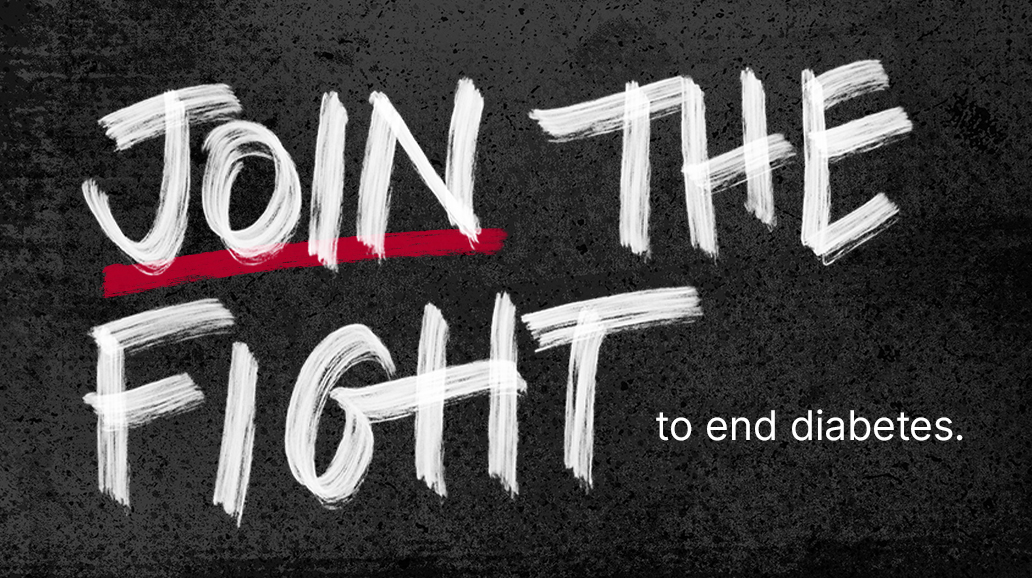main content start
Showing Results for: “glycemic index”
Intensive Use of Telehealth Improves Glycemic Control Among Rural Patients with Type 2 Diabetes
Veterans Health Administration program combining telemonitoring, self-management and medication support improves HbA1c levels within six months In a project entitled “Implementation of Intensive Telehealth Intervention for Rural Patients with Uncontrolled Diabetes,” researchers revealed improved HbA1c levels among rural patients with poorly-controlled type 2 diabetes who participated in a comprehensive telehealth program. The results were presented today at the American Diabetes Association’s® (ADA’s) 80th Virtual Scientific Sessions®. The study found a 1.36% reduction in HBA1c levels after
Current Youth and Young Adults with Diabetes Have Worse Glycemic Control Than Past Groups
Latest CDC and NIDDK sponsored SEARCH for Diabetes in Youth research indicates substantial percentage of today’s youth with diabetes are not meeting recommended A1C goals Despite the increased availability of diabetes technology, new therapies and more aggressive glycemic targets, today’s youth and young adults with diabetes in the United States are not demonstrating improved glycemic control compared to their counterparts from years past. Most notably, many age groups have worse glycemic control compared to youth and young adults from 2002-2007. Researchers revealed these data today at the
Next Generation Automatic Insulin Delivery System Improves Glycemic Control in People with Type 1 Diabetes
Results of NIDDK’s, Fuzzy Logic Automated Insulin Regulation (FLAIR) study showed increased time in range and improved A1C levels in adolescents and young adults who used system Medtronic’s Advanced Hybrid Closed-Loop system use in adolescents and young adults with type 1 diabetes (T1D) can lead to improved daytime blood sugar control without an increase in hypoglycemia, according to research presented today at the American Diabetes Association’s® (ADA’s) 80th Scientific Sessions. The presentation, “FLAIR—An NIDDK-Sponsored International, Multi-site Randomized Crossover Trial of AHCL vs. 670G
